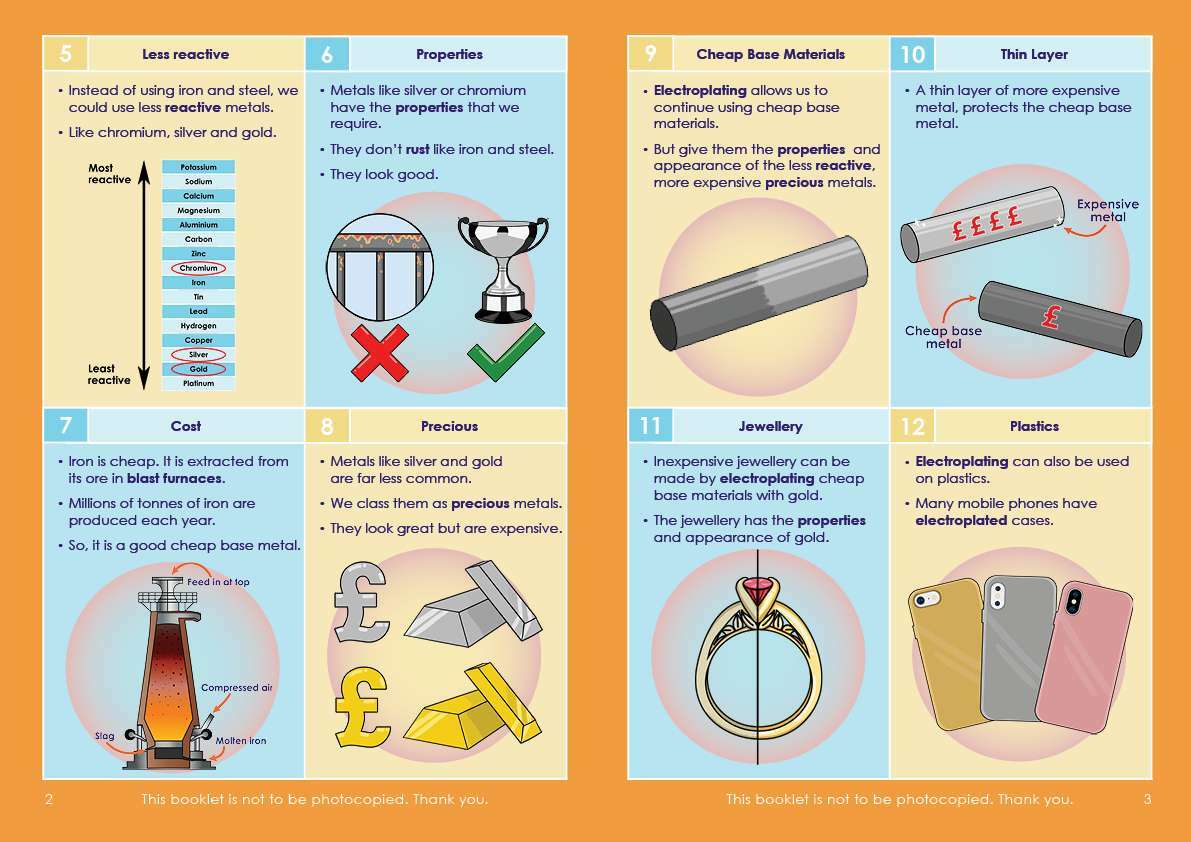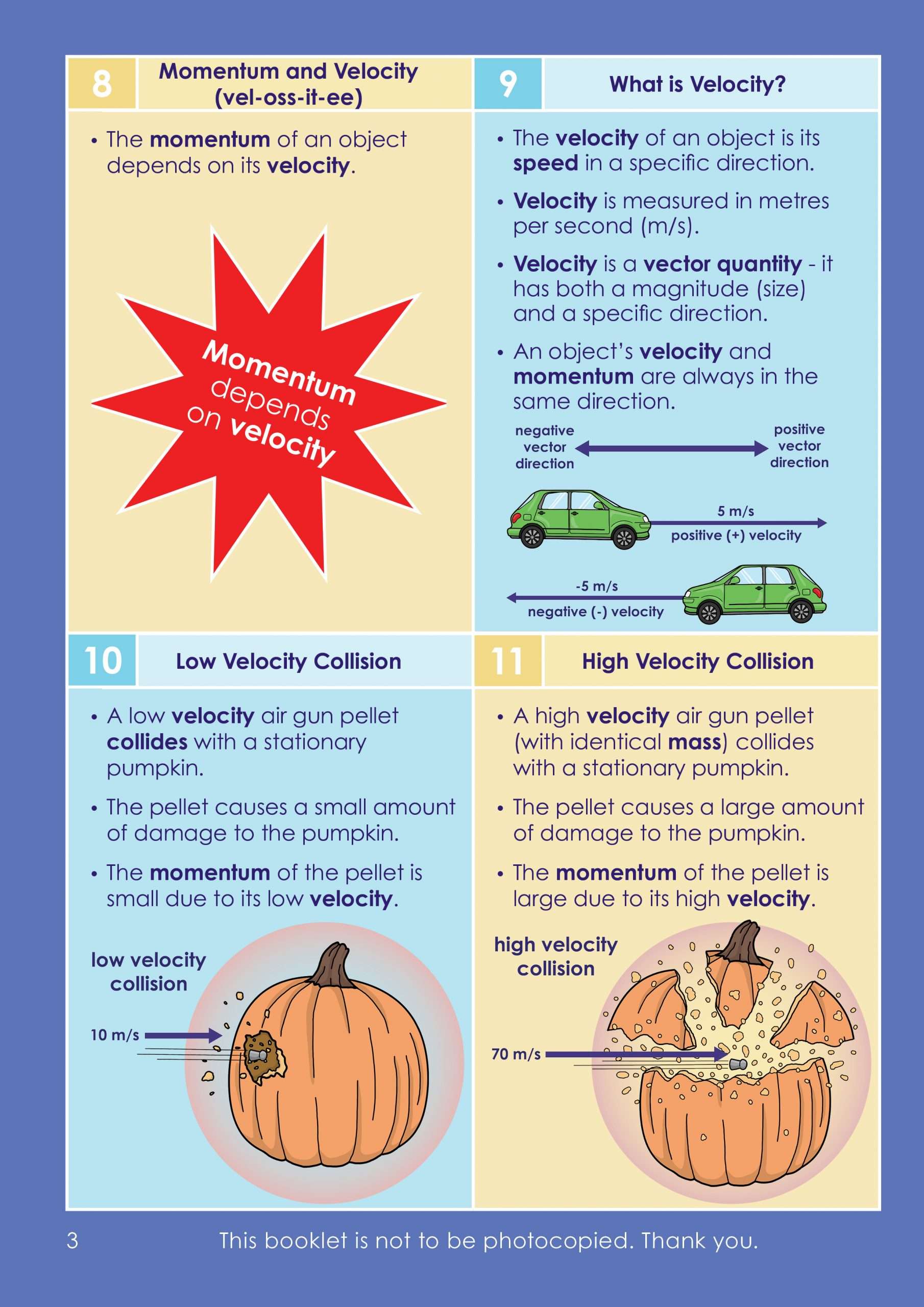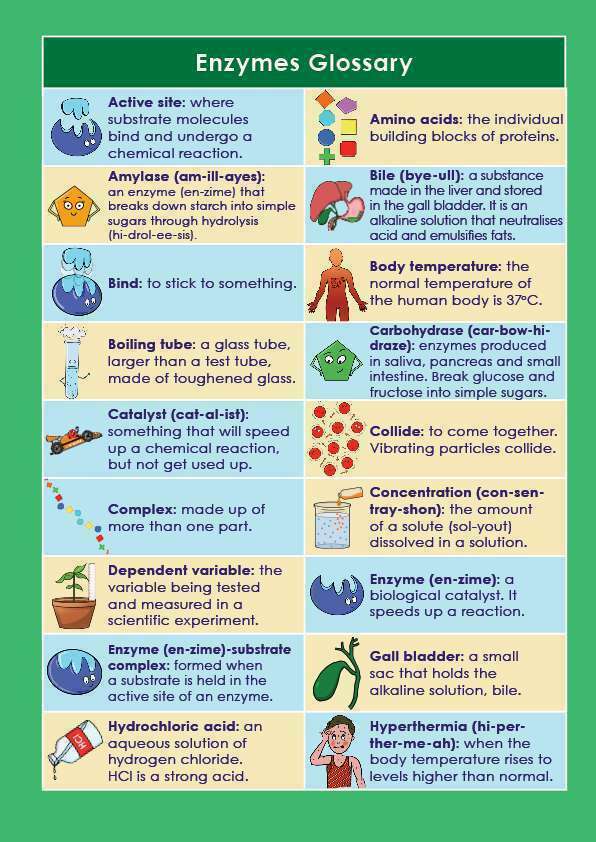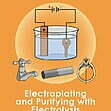GCSE / KS4 Science Bundle - Save 10%!
Buy our GCSE/KS4 bundle and save 10%!

Revolutionise the way you learn with Oaka Digital
Designed for Dyslexics, Effective for Everyone
Which type of Oaka product do I need?
How Oaka works in the classroom...
Read what other teachers are saying!
Online learning the Oaka way!
👍 Suitable for AQA, OCR, Edexcel, WJEC, and CCEA exam boards
Buy our GCSE/KS4 bundle and save 10%!

Designed for Dyslexics, Effective for Everyone
✅ Learn or revise complicated concepts easily
✅ Information broken down into short chunks
✅ Full-colour illustrations on every page
Electrolysis is an important chemical process. This revision pack examines how this process is used to electroplate and purify other metals, covering the process of electrolysis and its use in the ‘real world’.
Broken down into bite sized chunks, this Electroplating and Purifying with Electrolysis GCSE revision guide will help students understand (and remember!) the key facts about the electrolytic process.
Each numbered section is clearly laid out and illustrated to aid understanding, making it more accessible to all students, irrespective of their reading ability, with beautiful images to highlight each key point.
Written by Stuart Lawes, former Head of Science and a tutor for CE, GCSE and ‘A’ Level students for over 20 years, the Electroplating and Purifying revision pack brings GCSE chemistry revision to life in a visual and highly memorable way, helping students understand the use of chemical reactions in industrial processes.
💡Plus, the Topic Pack contains 42 active learning questions & answer flashcards!
Electroplating is a process in which a thin layer of metal is deposited onto the surface of another metal or non-metal object using electricity.
The object to be plated is placed in an electrolyte solution and connected to the negative electrode (cathode) of a power supply. A thin layer of the metal to be plated is placed on the positive electrode (anode), and a current is applied. The metal ions in the electrolyte solution are attracted to the cathode, where they are deposited on the surface of the object.
Purifying with electrolysis is a process used to separate and purify different metals from an alloy by passing an electric current through it. In this process, the alloy is placed in an electrolyte solution and connected to the negative electrode (cathode) of a power supply. The positive electrode (anode) is made of the metal that is to be removed from the alloy. When a current is applied, the metal ions of the alloy migrate to the anode, where they are deposited and can be collected. The remaining alloy is left behind at the cathode.
Both of the processes are very similar, but the main difference is that in electroplating, the goal is to deposit a thin layer of metal, whereas, in electrolysis, the goal is to separate and purify metals.
Electrolysis and electroplating GCSE subjects are part of science and/or chemistry. This electrolysis GCSE revision guide walks you through the main concepts with details about how processes are performed. There are insightful examples, too, such as playing a silver ring.
The process of plating a silver ring is an excellent description of electroplating and involves cleaning the ring to remove any dirt or contaminants, degreasing it to remove oils and other organic materials, activating the surface to promote adhesion of the plating, immersing the ring in an electrolyte solution containing silver ions and applying an electric current to deposit a layer of silver on the ring.

Engaging, full-colour illustrations on every page

Text broken down into bite-sized chunks on a lightly shaded background

A simple, easy-to-understand glossary of key terms
Topic Booklet
Write Your Own Notes Booklet
Active Learning Q&A Flashcards
Topic Booklet: ✅ x1
Write Your Own Notes Booklet: ✅ x1
Active Learning Q&A Flashcards: ✅ x1
BEST VALUE!
Topic Booklet: ✅ x1
Write Your Own Notes Booklet: ❌
Active Learning Q&A Flashcards: ❌
Topic Booklet: ❌
Write Your Own Notes Booklet: ✅ x1
Active Learning Q&A Flashcards: ❌
Please note, our resources are NOT to be photocopied. Thank you.
The range of Oaka books and digital platform is absolutely fantastic at helping students with SEN needs to revise key topics in a way that helped hek to breakdown and remember key facts!!!
Great. Just what my son needed. Explains everything clearly, with simple pictures to help with recall. Flashcards were brilliant too. Simple, clear, no clutter, not busy. Helped my son get a really good grade in his test. I just wish you had the GCSE ones for every subject, as I would buy them.
Girls love it. Will hopefully make the topic more memorable.
Chemistry
Physics
Physics
Chemistry
